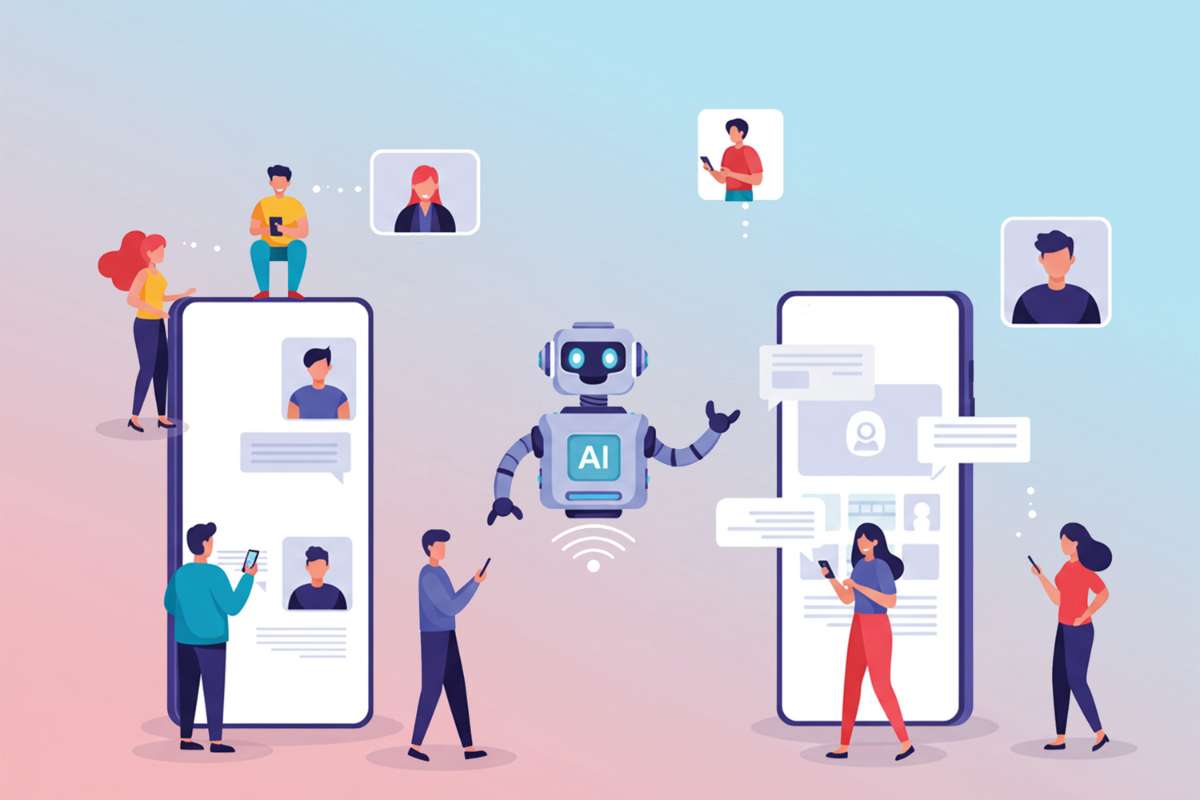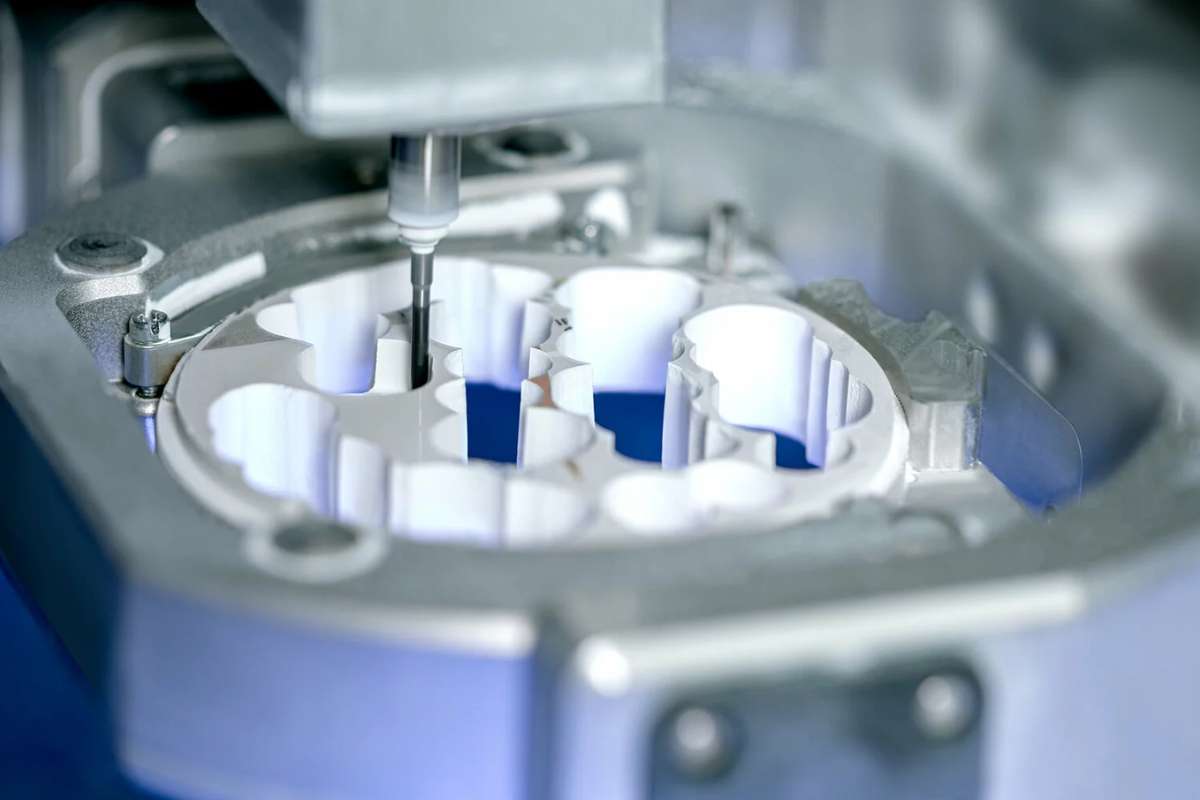In today’s rapidly evolving business landscape, understanding organizational design and development is crucial for companies aiming to thrive. This concept encompasses the structures, processes, and cultures that define how an organization operates and adapts. By focusing on effective design and development, businesses can enhance their efficiency, improve employee satisfaction, and achieve strategic goals.
What is Organizational Design and Development?

Organizational design refers to the deliberate arrangement of roles, responsibilities, and relationships within an organization. It determines how information flows, how decisions are made, and how employees collaborate. Development, on the other hand, involves improving these structures to better meet the organization’s goals. This holistic approach ensures that an organization can adapt to changes in the marketplace while maximizing its internal capabilities.
These design and development are interconnected processes that involve strategic planning, alignment of resources, and the implementation of best practices. When done correctly, they lead to improved performance and innovation.
The Importance of Organizational Design and Development
1. Alignment with Business Goals:
A well-designed organization aligns its structure and processes with its strategic objectives. This ensures that all employees understand their roles in achieving the organization’s mission, leading to greater focus and efficiency.
2. Enhanced Communication:
Effective organizational design and development facilitates clear communication channels. By establishing defined roles and responsibilities, employees know whom to approach for information, which reduces confusion and increases productivity.
3. Adaptability to Change:
Organizations are constantly facing external pressures such as market shifts, technological advancements, and competitive dynamics. A strong focus on design and development enables companies to be more agile, allowing them to respond quickly to changes and capitalize on new opportunities.
4. Employee Engagement and Satisfaction:
When employees understand their roles within the organization and see how they contribute to overall success, they are more likely to feel engaged and satisfied with their work. This leads to lower turnover rates and a more positive workplace culture.
5. Improved Performance and Efficiency:
Streamlined processes and clear structures minimize redundancies and improve workflow. By investing in this mode of design and development, companies can enhance their operational efficiency and achieve better performance outcomes.
Key Components of Organizational Design

To effectively implement these designs and developments, organizations should consider the following components:
1. Structure
The organizational structure defines how tasks are allocated and coordinated. It can take various forms, such as functional, divisional, or matrix structures. Each has its advantages and disadvantages, and the choice depends on the organization’s size, goals, and industry.
2. Processes
Processes are the workflows that guide how work gets done. Streamlining processes is crucial for enhancing productivity. Organizations must evaluate their current processes and identify areas for improvement, ensuring they are aligned with their strategic objectives.
3. Culture
Organizational culture refers to the shared values, beliefs, and behaviors that shape how employees interact and work together. A strong culture fosters collaboration and innovation, while a weak culture can lead to disengagement and high turnover.
4. Technology
In today’s digital age, technology plays a vital role in organizational design and development. Organizations must leverage technology to enhance communication, streamline processes, and support collaboration. The right tools can facilitate remote work, enhance data analysis, and improve decision-making.
5. People
People are at the heart of any organization. Focusing on talent acquisition, development, and retention is essential for achieving long-term success. Organizations must invest in training and development programs to enhance employee skills and prepare them for future challenges.
Steps for Effective Organizational Design and Development
To successfully implement these designs and developments, companies can follow these steps:
1. Assess Current State
Conduct a thorough assessment of the current organizational structure, processes, culture, and technology. This evaluation will help identify strengths and weaknesses, providing a foundation for future improvements.
2. Define Objectives
Clearly define the organization’s goals and objectives. This step is crucial for ensuring that any changes made to the organizational design align with the overall business strategy.
3. Engage Stakeholders
Involve key stakeholders in the design and development process. This includes employees at all levels, as well as management and leadership. Their input is invaluable for understanding the challenges and opportunities within the organization.
4. Design the New Structure
Based on the assessment and objectives, design a new organizational structure that enhances communication, collaboration, and efficiency. Consider different models and choose one that best fits the organization’s needs.
5. Implement Changes
Once the new design is finalized, develop an implementation plan. This should include timelines, resource allocation, and training programs to ensure a smooth transition.
6. Monitor and Evaluate
After implementing the new structure, continuously monitor its effectiveness. Collect feedback from employees and evaluate performance metrics to identify areas for further improvement.
Challenges in Organizational Design and Development

While the benefits of this design and development are clear, organizations may face challenges during the process:
1. Resistance to Change:
Employees may be resistant to changes in their roles or processes. Effective communication and engagement strategies are essential to address these concerns.
2. Resource Constraints:
Organizations may lack the necessary resources—such as time, budget, or personnel—to implement significant changes. Prioritizing initiatives and seeking external support can help overcome these challenges.
3. Complexity of Implementation:
Designing and implementing a new organizational structure can be complex and time-consuming. Organizations should be prepared for potential setbacks and be flexible in their approach.
4. Maintaining Culture:
As organizations evolve, maintaining a strong culture can be challenging. Leaders must actively work to reinforce cultural values during times of change.
Conclusion
Organizational design and development are crucial for businesses looking to enhance their performance and adaptability in a dynamic environment. By understanding the importance of effective design, organizations can align their structures and processes with strategic goals, improve communication, and foster employee engagement. Emphasizing these aspects will ultimately lead to a more resilient and successful organization capable of navigating the challenges of the future.
Investing in this type of design and development is not just about changing structures; it’s about fostering a culture of continuous improvement and innovation. With a clear understanding of the components and steps involved, organizations can navigate the complexities of design and development, ensuring long-term success in an ever-evolving business landscape.









